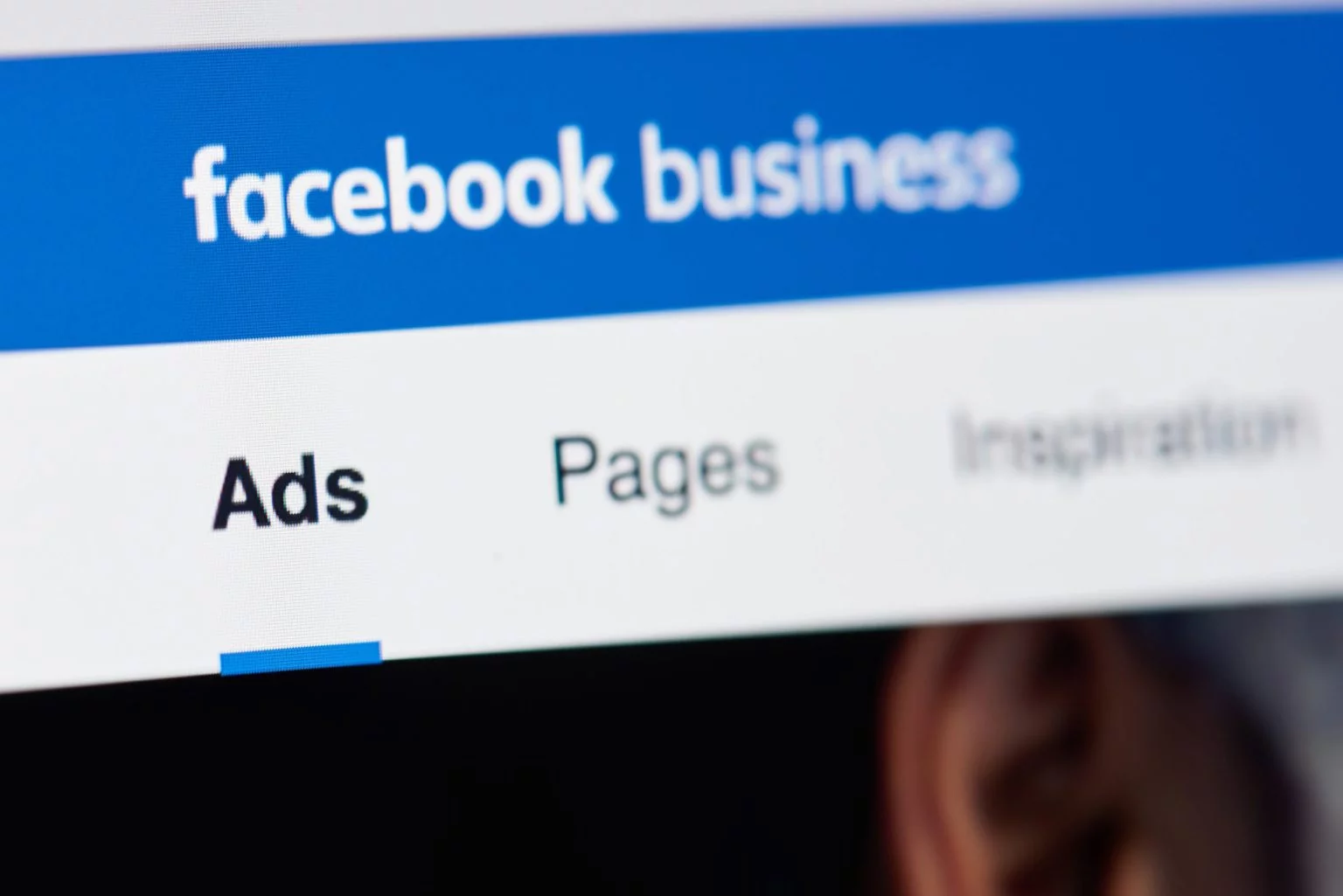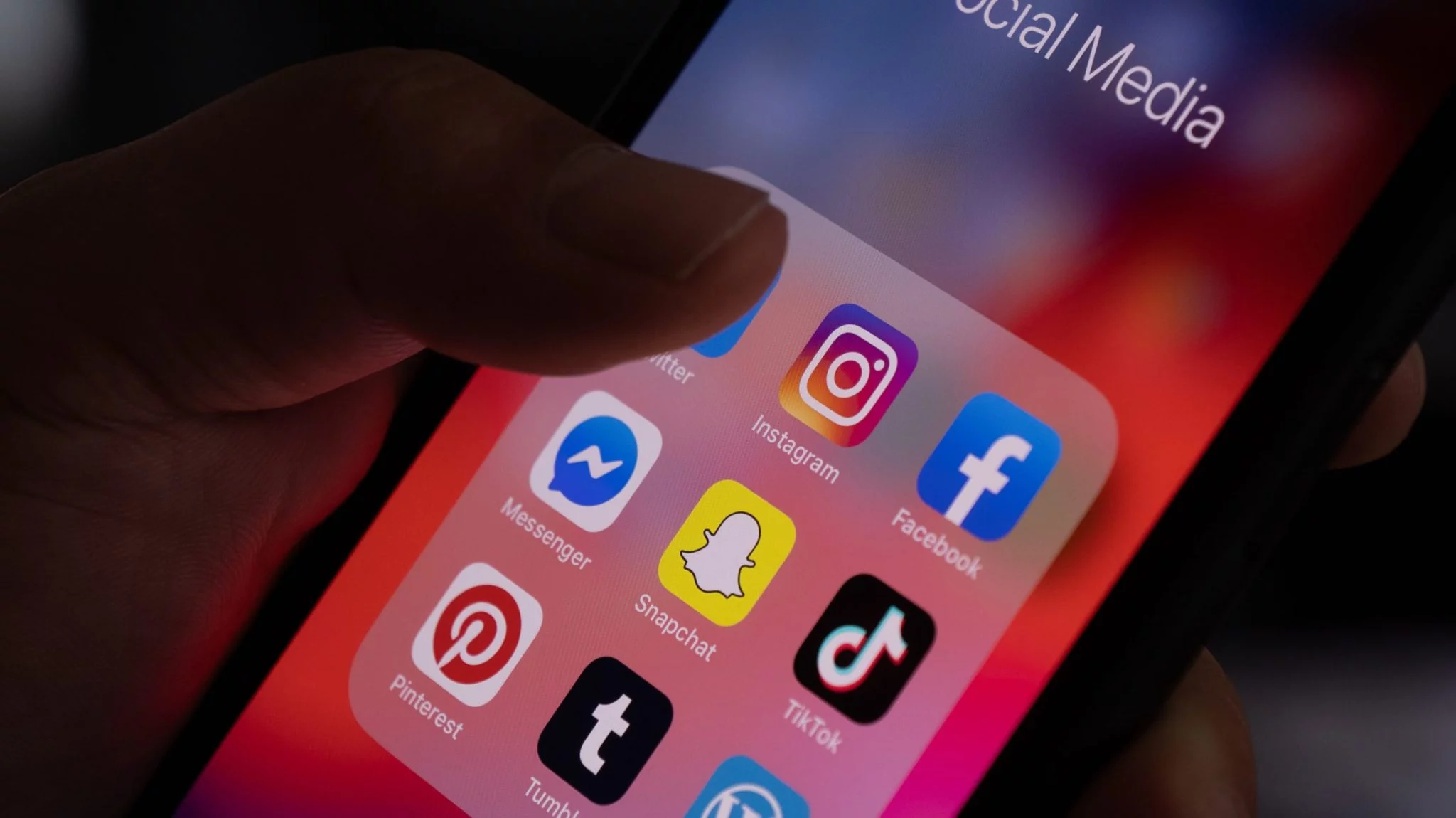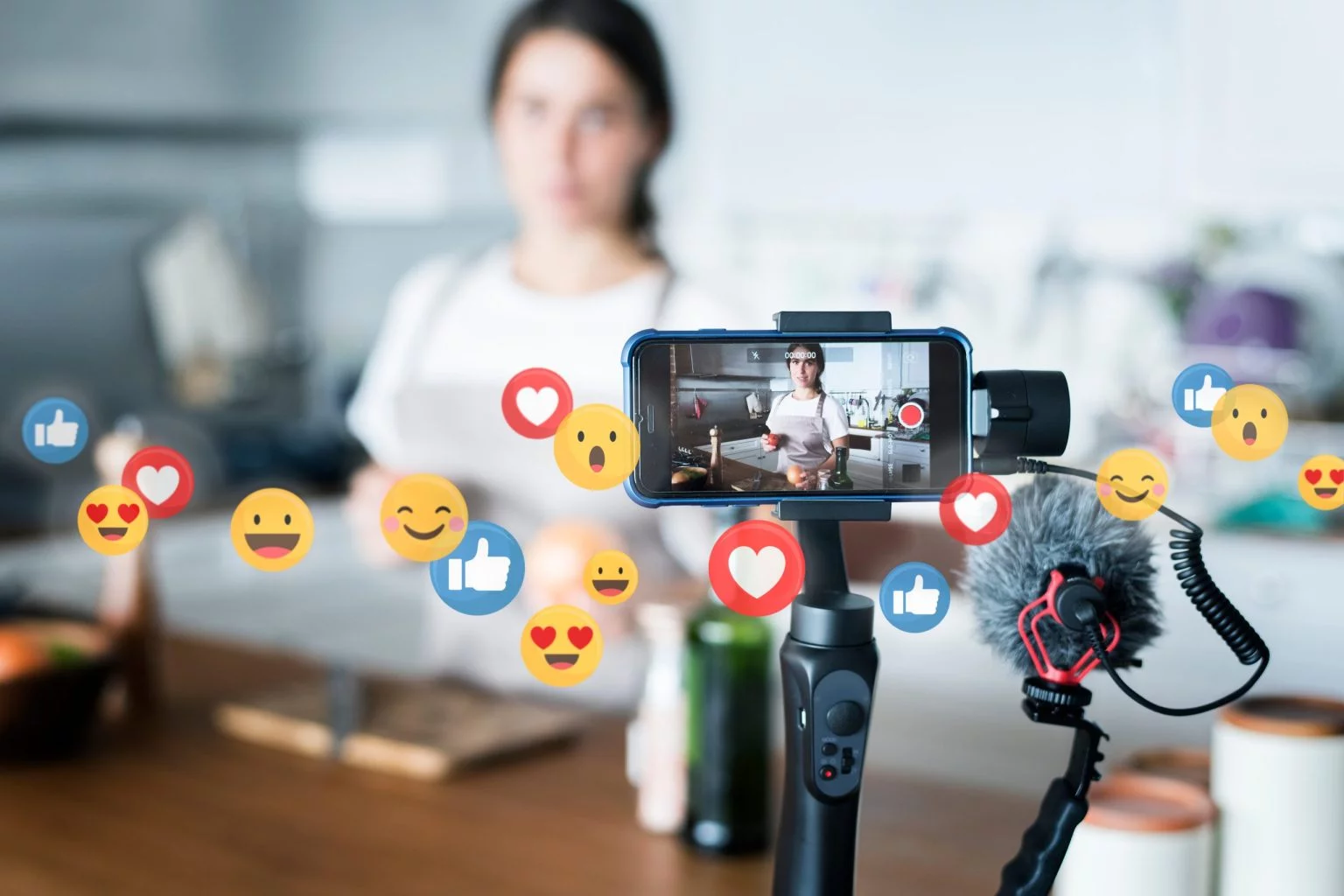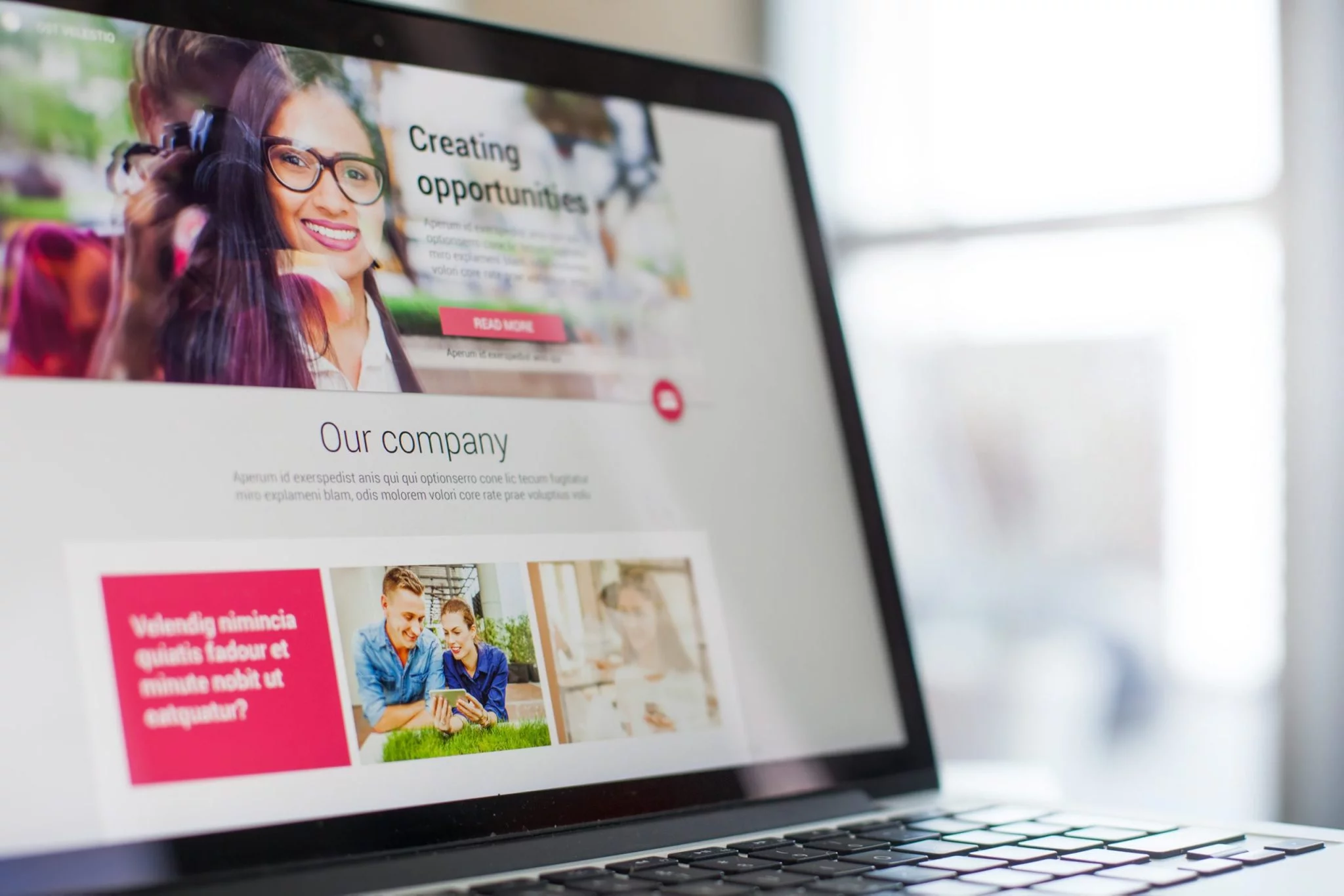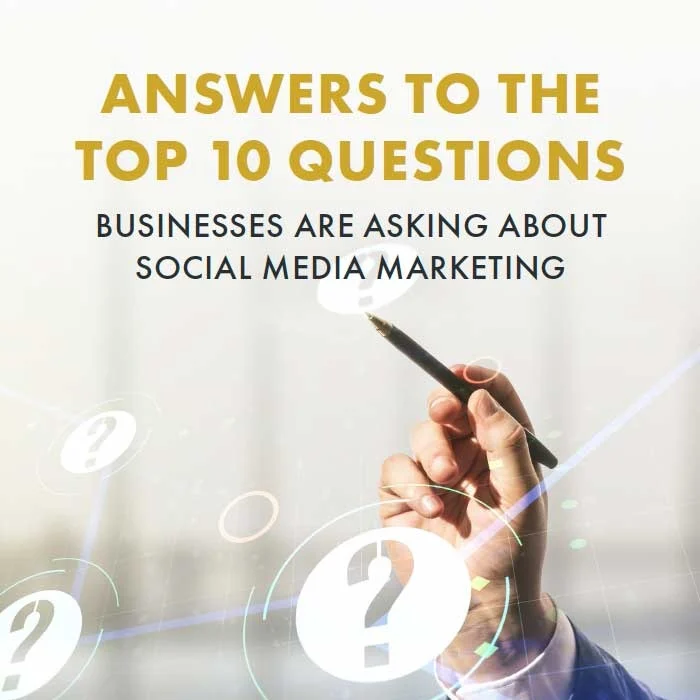Securing a lead after putting so much time and effort into your inbound marketing strategy is a lot like getting a first date: The possibilities seem endless, the future feels exciting, and you've already begun planning three and four steps ahead. But just like any relationship, your customer's relationship to your brand is one that must be cultivated and nourished over time. In other words, a lead is only the beginning. In order for your leads to turn into individual customers, your business' lead generation expectations must be set in the right place (because let's face it: Not every lead will turn into a customer!).
Below, you'll find a few essential facts that your business should come to expect when expecting leads from your inbound marketing strategy.
1. EXPECT: Your inbound marketing content to result in leads.
Did you know that blogging can be useful to your bottom line in more ways than one? According to IMPACT, websites with a blog tend to have 434% more indexed pages, which offers a lot of content for search engines to crawl and display in consumer search results. This provides your website with a high SEO ranking, which inevitably will result in more leads.
But just how is a lead generated from your content anyway? Once a potential customer lands on your blog, they are encouraged to take the next step via a call-to-action (CTA) within your blog post. This next step could be requesting to download an eBook which takes a deeper dive on the blog topic at hand. From there, the website visitor will provide his or her contact information and suddenly you have a lead!
2. DON'T EXPECT: Every lead to be in the same frame of mind.
It's crucial to remember that your business simply cannot treat all leads the same! Data doesn't always account for the diversity within your target market, as we discussed in an earlier post. For instance, a sales-qualified lead (SQL) is probably ready for a direct sales follow-up, while a marketing qualified lead (MQL) is likely to be more open to noninvasive email offers as opposed to direct contact with your sales department. Subscribers are likely to be familiar with your brand, but are just in the awareness stage of the buyer's journey. Even though these may be your most dedicated leads, never assume that every lead is ready for a follow-up from sales just yet. Monitor your leads' activities to determine what lead stage they might be in.
3. EXPECT: leads will want more content from your business.
The truth is that most leads need to be nurtured with more content before they turn into sales. Educational, inbound marketing content like blog posts, newsletters, and eBooks will continue to nudge the buyer along the path to an eventual purchase decision. Remember, the buyer's journey can essentially be divided into three segments:
- Awareness: The buyer is aware of a problem they're having and the solution that your product/service provides.
- Comprehension: The buyer is familiarizing his or herself with solutions to their problem.
- Decision: The buyer ultimately lands on a final decision once he or she feels sufficiently educated on the issue.
The type of content you provide to your leads will depend on which stage of the buyer's journey that you determine they are most likely a part of. Remember: Your business’ content will be the bridge that takes your leads from one phase to the next!
4. DON'T EXPECT: Leads to discover your content by happenstance.
At every step of the way, businesses must be intentional about both creating and promoting quality content for potential buyers. Although Google might do a lot of the work for you, your business should continue to promote content via email marketing, social media, traditional advertising, and whatever other avenues generate sales. It's simple: When you spread the word about your content, you increase your chances of generating leads from it.
Did you know that 66.7% of businesses only reached out to 250 or fewer leads in the past year? According to sales strategist Marc Wayshak, the majority of salespeople simply aren't getting anywhere near the 250-plus prospects they need to meet their sales goals. You put in all of that work to generate leads, so why waste it by not nurturing these leads? The points outlined above can help ensure that your leads will convert into customers, rather than just missed opportunities. Just make sure that your business' expectations are in the right place!



.webp)





